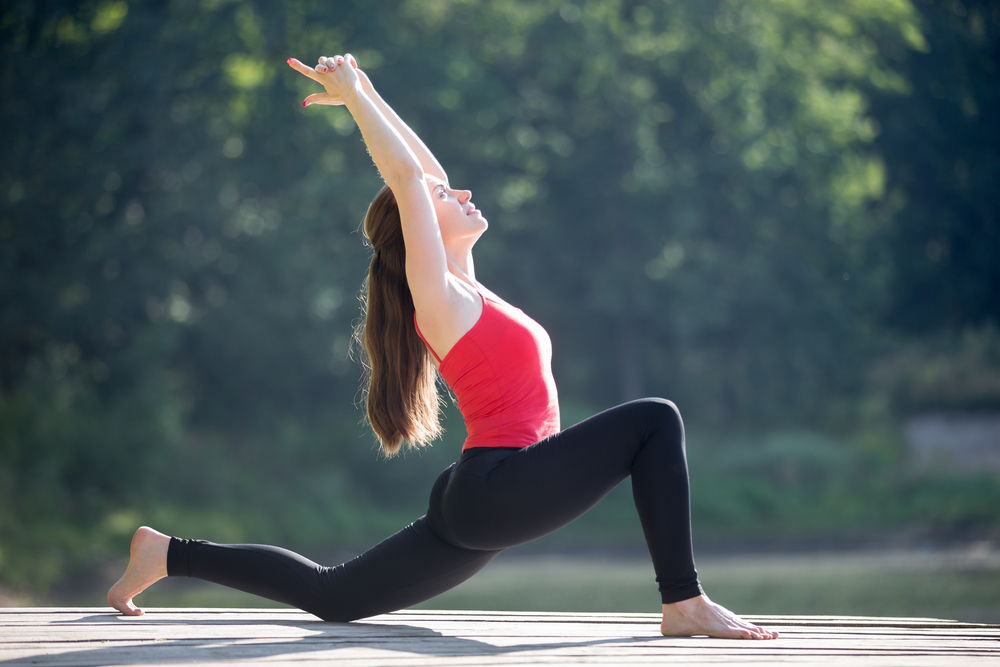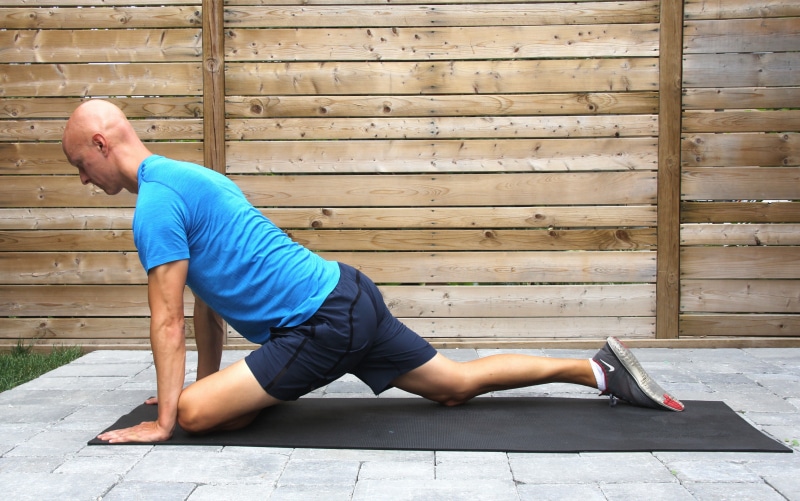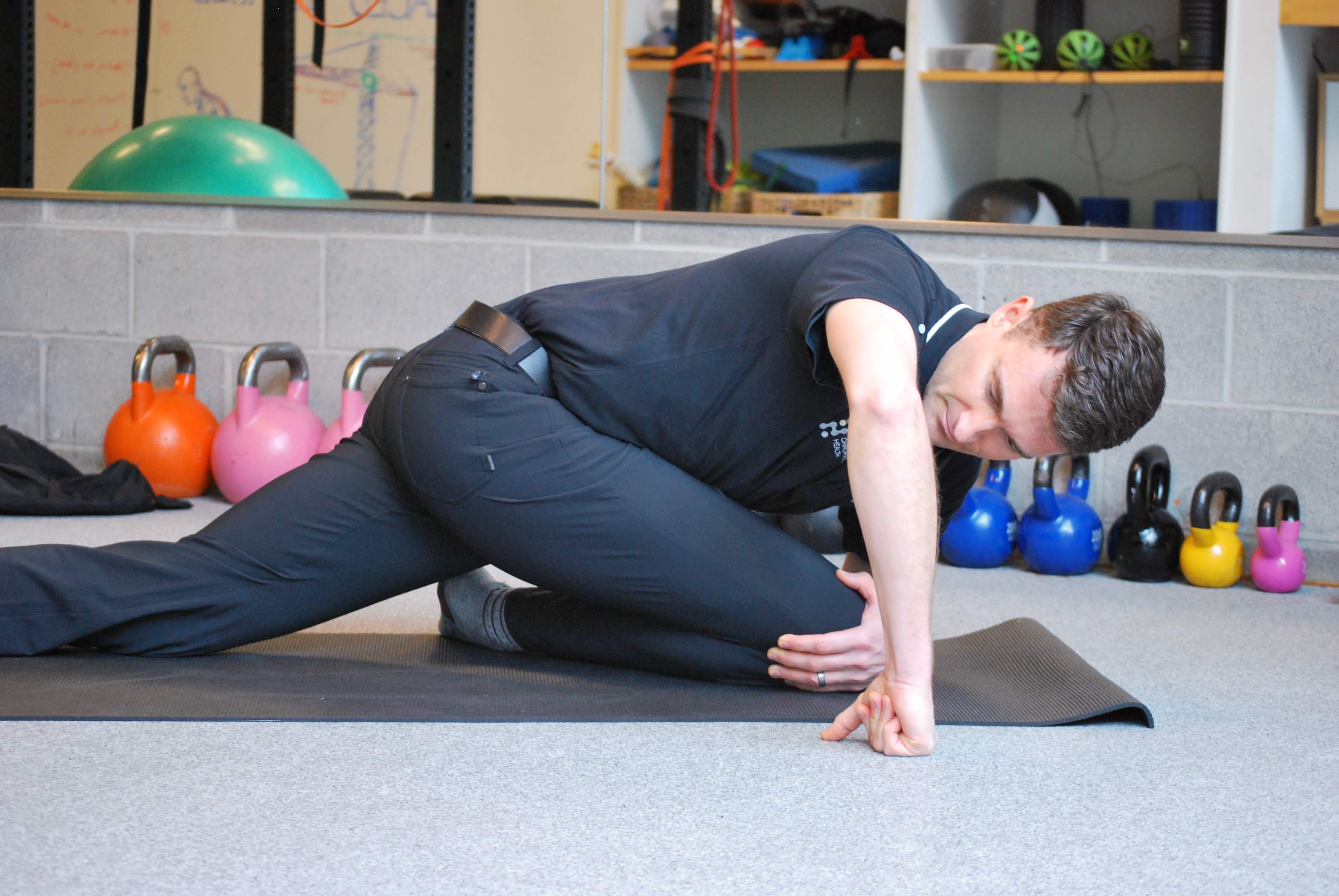

The Benefits of Hip Mobility Exercises for Runners
#Hip mobility stretches professional#
Consult with your healthcare professional to design an appropriate exercise prescription. This general information is not intended to diagnose any medical condition or to replace your healthcare professional. *Please always consult your physician before beginning any exercise program. It’s important to seek a professional opinion and advice- especially if you are attempting to increase mobility and flexibility due to discomfort or injury.Ĭontact Idaho Sports Medicine Institute to learn more about how you can increase hip mobility and flexibility! Pigeon pose can increase mobility and flexibility in your thighs, groin, lower back, and iliopsoas muscles. See the video provided for additional variations and support. Keep your leg “active” by slightly pressing into the top of your right foot. Walk your right leg back and untuck your toes. Keep your hips up and back, lift your left leg up, and bring your left knee behind your left wrist. Make sure to stretch safely to avoid injury. You should NOT be feeling any joint pain for any of these exercises. We’ve come up with five different exercises to help increase your hip flexibility and overall mobility. 5 Hip Flexibility Exercises to Positively Affect Mobility

They help bend, extend, and rotate the hip joint. Your hamstring muscles are made of three skeletal muscles used to walk, run, and squat, among other leg movements. They help keep your kneecap stabilized and assist in everyday activities like running, walking, and squatting. The quadriceps are made of four muscles running along the front side of your femur between your pelvis and knee. They are used to propel the body forward during activities like running and walking. The iliopsoas muscles come together in the pelvis and run forwards over the front of the pelvis, across the front of the hip, and join onto the upper part of the femur. They help with the adduction of the thigh. The adductor muscles are located along the inner thighs on the inside of the femur. The glutes help move the hip joint, stabilize the pelvis, and assist in abduction and adduction of the thighs. The gluteal muscles are located at the back of the hip (also known as your glutes of buttocks). 5 Main Muscles & Muscle Groups in the Hipįive main muscle groups affect the mobility and flexibility of the hips: gluteal muscles, adductor muscles, iliopsoas muscles, quadriceps, and hamstrings. External rotation is maintaining this line externally and away from your body. Internal rotation is maintaining this line internally towards your other leg. Hip rotation starts at the hip joint and is movement from the joint to the knee to the toes. Hip adduction is when you move your legs inward towards the center of your body (such as crossing your legs to opposite sides in scissors exercise). Hip abduction is when you move your legs outward (such as sitting in butterfly pose). Hip abduction and adduction are used when moving your legs side-to-side. Hip extension is when you are extending your thigh backward away from your pelvis (such as doing a bridge pose). Hip flexion occurs when you move your knee towards your body (such as lifting your legs towards your chest in boat pose). Hip flexion and extension are involved in moving the hips forward and backward. We’re going to take a look at each one in more detail! Hip Flexion and Extension

There are three main movement groups of the hip: hip flexion and extension, abduction and adduction, and internal and external hip rotation.

3 Different Types of Movement Groups for Hip Flexibility Flexibility and mobility work together to influence your range of motion. On the other hand, hip flexibility is the passive movement of the hips, such as a dancer doing the splits while pushing against the ground. Hip mobility is the active movement of the hips within its range of motion, such as the ability to kick a soccer ball inside your foot by externally rotating your hips.


 0 kommentar(er)
0 kommentar(er)
